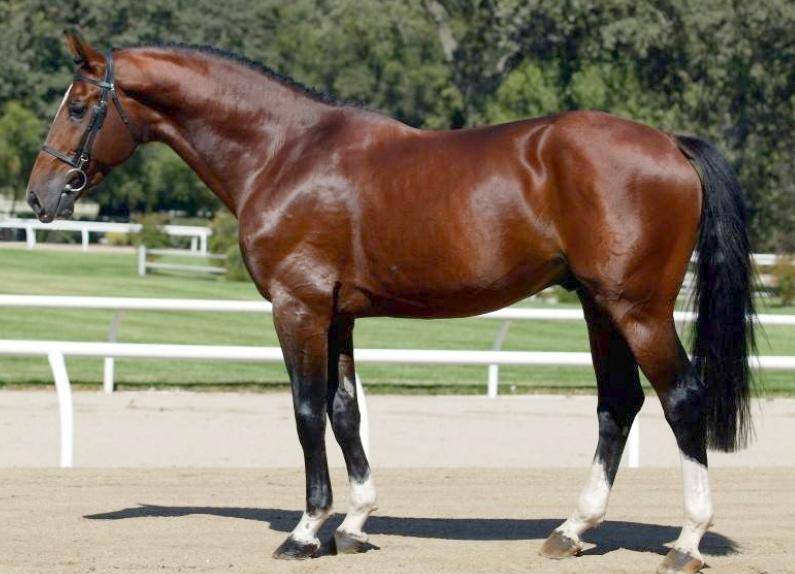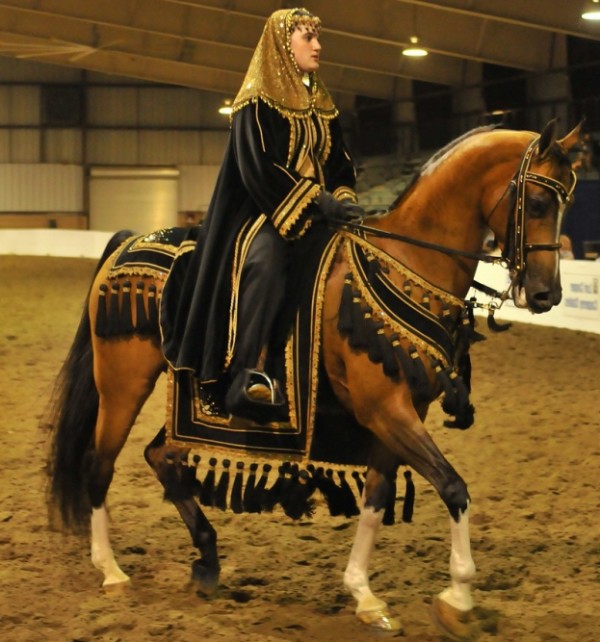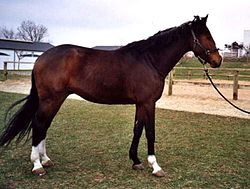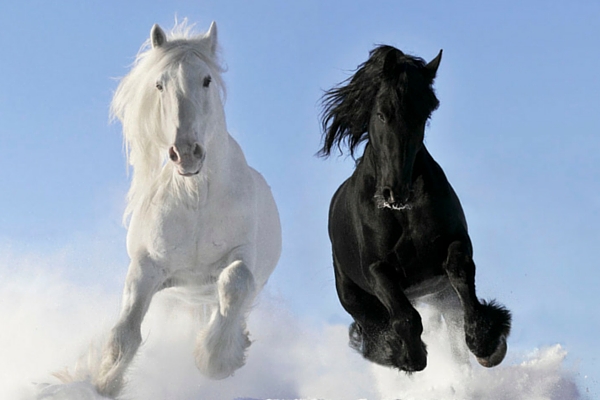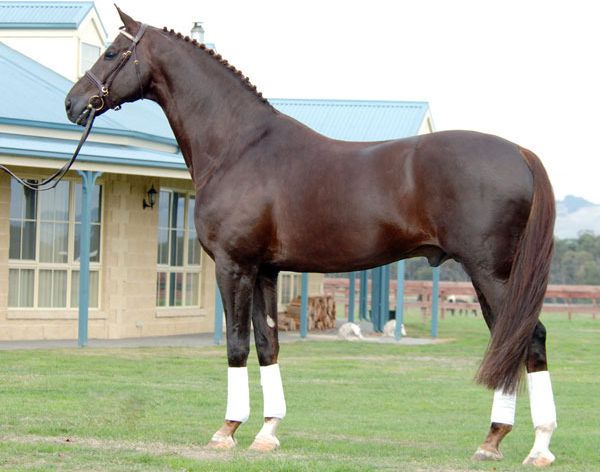nastya
Shi
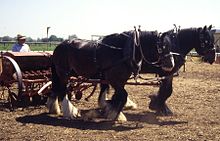 Shire (English heavy truck) is a British breed of heavy truck horses. Horses of this breed are tall (165-185 cm at the withers, sometimes up to 219). Shires at different times set world records as the largest horses, and as the tallest horses. The name comes from the English “shir” – county. The Shire Mountain or Curt Horse breed, descended from local mares and Dutch stallions, is very famous and widespread. Despite its ancient origin, it is not entirely homogeneous in mass. Its type is highly variable – from a horse of extraordinary size and weight, suitable only for riding in steps, to large and folding ones, suitable already in a plow and cart. The suit is diverse; bald patches on the head and white stockings, often on the same hind legs, are characteristic. Usually black, bay, gray and also piebald. All parts of the body are developed in proportion; a very important article is the broad chest, back and the same sacrum. Continue reading
Shire (English heavy truck) is a British breed of heavy truck horses. Horses of this breed are tall (165-185 cm at the withers, sometimes up to 219). Shires at different times set world records as the largest horses, and as the tallest horses. The name comes from the English “shir” – county. The Shire Mountain or Curt Horse breed, descended from local mares and Dutch stallions, is very famous and widespread. Despite its ancient origin, it is not entirely homogeneous in mass. Its type is highly variable – from a horse of extraordinary size and weight, suitable only for riding in steps, to large and folding ones, suitable already in a plow and cart. The suit is diverse; bald patches on the head and white stockings, often on the same hind legs, are characteristic. Usually black, bay, gray and also piebald. All parts of the body are developed in proportion; a very important article is the broad chest, back and the same sacrum. Continue reading
Tusker
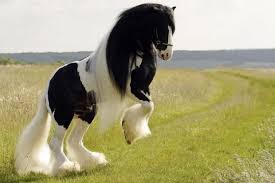 Story
Story
The formation of the breed was influenced by gypsies, who, together with their pinto horses, first appeared on the British Isles in the 15th century. Here gypsy horses mixed with the local breed, which led to the appearance of the breed Irish or gypsy cob. Other British breeds also took part in the formation of the gypsy coba – Welsh ponies of all types, Dale, Fell, Highland, Kledesdal and Shire.
Until the mid-20th century, the tinker was not recognized as a separate breed. The systematic breeding of tinkers began only after the Second World War. In 1996, the Irish Cob Society was founded, which began the registration of tinkers. The Irish Cob Association has registered the first official founder of the breed, Cushti Bok stallion. Today in the world there are several pedigree books of gypsy cobs. Continue reading
Halflinger
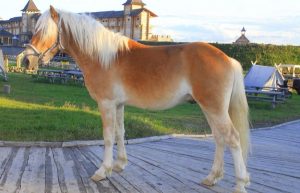 Breed history
Breed history
Haflinger is an old breed of low horses, bred in the mountains of Austria, in Tyrol. The history of the halflinger can be traced back to the Middle Ages, when writers mentioned a population of horses of the eastern type living in the mountains of South Tyrol on the territory of modern Austria and northern Italy. Many villages and farms in Tirol could be reached only through narrow mountain paths, moving and carrying goods, which were only capable of agile and dexterous horses. The paintings of this area at the beginning of the 19th century depicted neat little horses with riders and packs traveling on steep mountain roads.
The first official documentation representing the halflinger (named after the Tyrolean village of Hafling, modern Italy) was provided in 1874, when a stallion who founded the breed, 249 Foley, was born from a crossbred Arab 133 El Bedawi XX and a local Tyrolean mare. Continue reading
